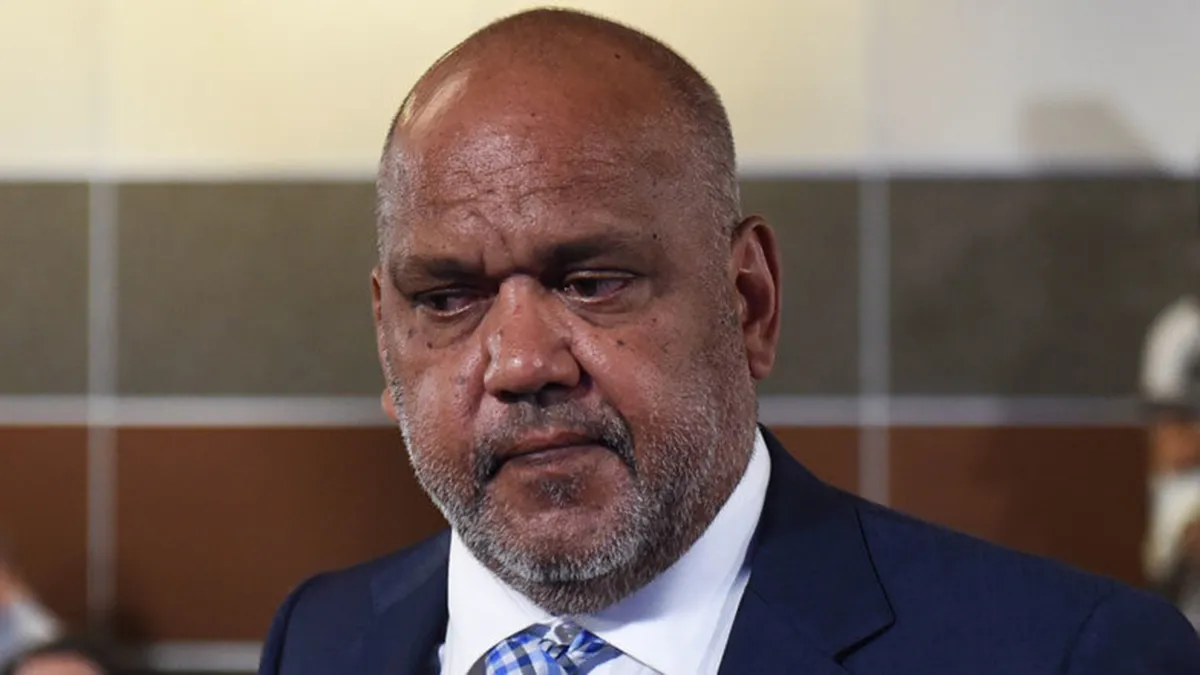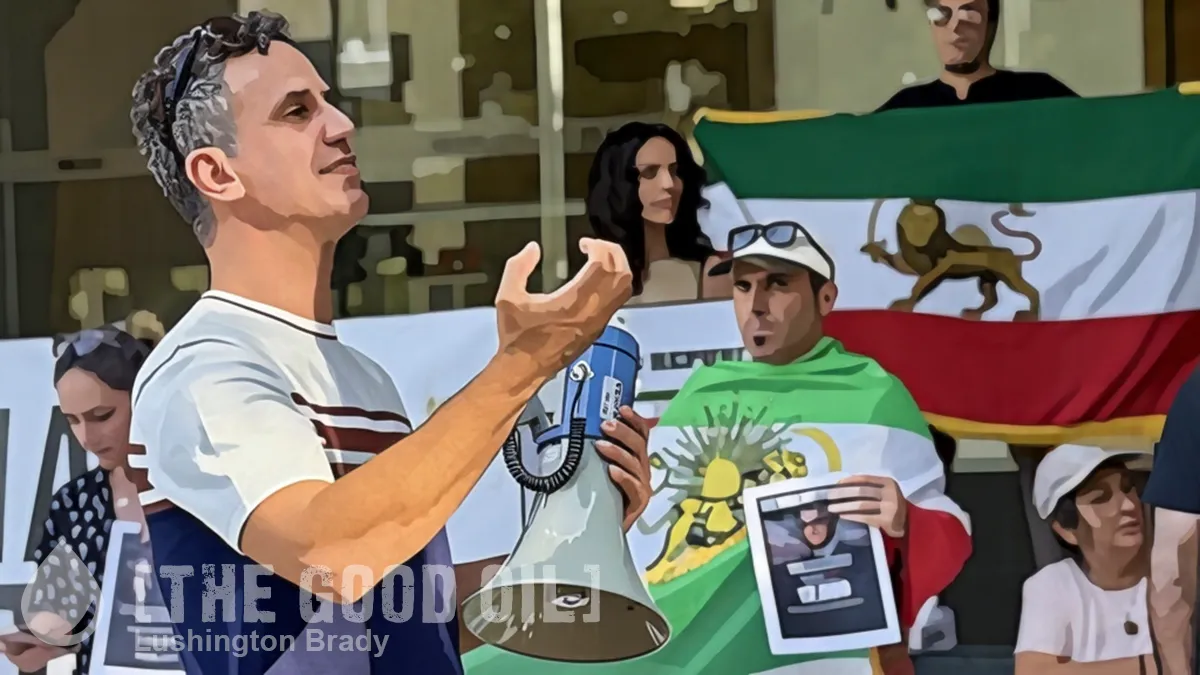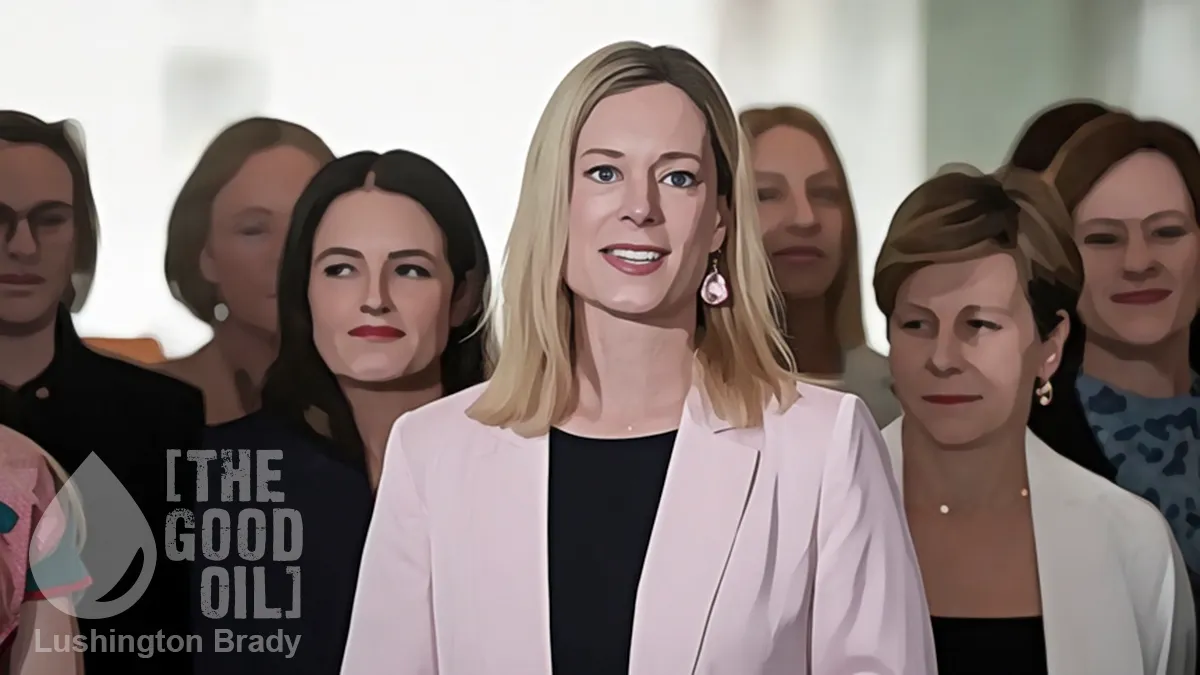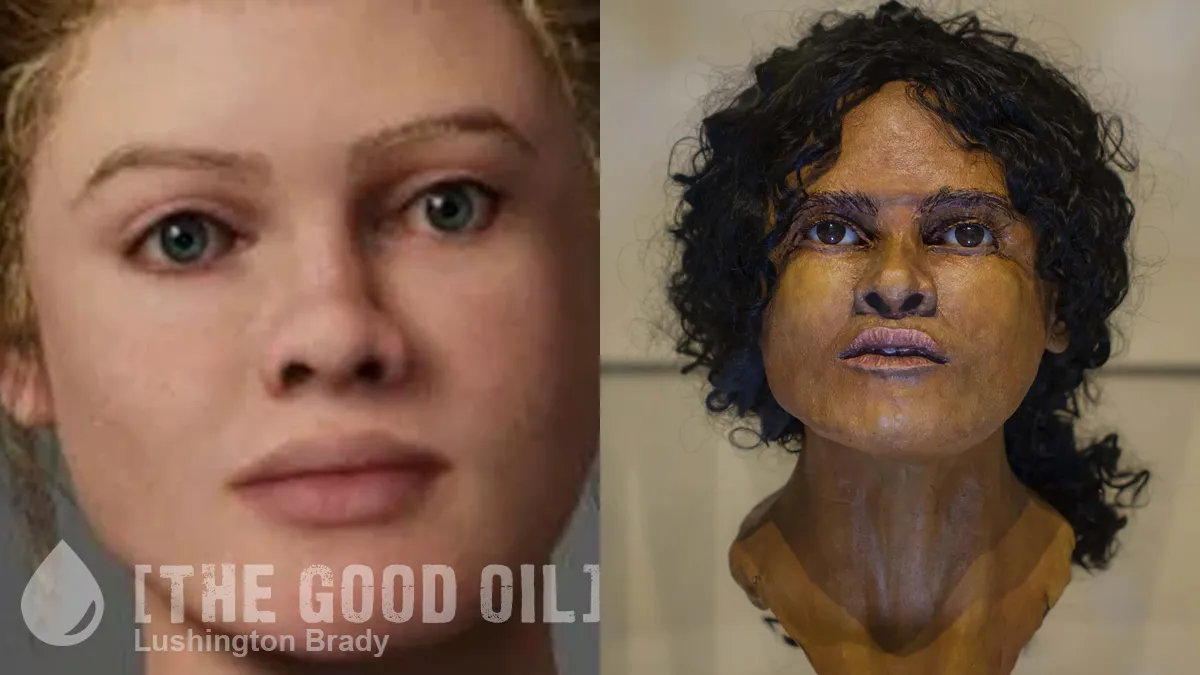Table of Contents
Lawyer and academic Noel Pearson has laid down the law to education bureaucrats: drop the “progressiveness” and go back to what we know works.
I disagree with Noel Pearson about many things, “Indigenous Voice” especially, but his challenge to education bureaucrats is right on the money.
Noel Pearson has issued a bold challenge to education policymakers, arguing that schooling could go from “good to great” within the next five years if teachers are willing to follow the evidence on how children learn.
The Indigenous leader and educator also took a swipe at progressive identity politics, university education faculties and school systems for failing to accept long-held evidence pointing to the importance of teacher-led direct instruction.
Direct instruction has been a dirty word for decades in education bureaucracy, not least because it seems to offend the “democratic” sensibilities of the left who dominate education. After all, if you expect kids to respect authority and hierarchy in the classroom, they might grow up holding on to such reactionary, nay, fascist ideas.
Appearing alongside federal Education Minister Alan Tudge for a public discussion on how majority Indigenous schools can overcome the educational odds, Mr Pearson insisted that school reform needed to start with the teaching occurring in the classroom. He said the pendulum needed to swing back from the inquiry-style learning model currently dominating Australian education.
A report by consultancy McKinsey found “the best systems are those systems that favour teacher-led instruction — that’s what the evidence says”[…]
Mr Pearson lamented that many remote, mostly Indigenous schools were missing out on the most effective teaching methods, and blamed “low expectations” and suggestions that direct instruction was not suitable for all children.
Worse is the racism-of-low-expectations growing increasingly fashionable in education circles. Getting the right answer is “racist”. It’s too hard to expect “people of colour” to learn, speak and write in correct English.
“The evidence has been well known about what works for children’s reading and numeracy … it’s just that there has been a concerted effort to impede the known and very effective means by which children learn,” he said.
“Aboriginal children are no different … They’re humans: if they’re taught with effective pedagogy they will learn.”
The evidence is clear, in Australia as well as overseas.
“Singapore was once ‘poor’, then it became ‘fair’, then it became ‘good’, and then it became ‘great’ — now it’s an ‘excellent system’,” Mr Pearson said. “It’s been an incredible journey … and what they did at different stages of the spectrum was different. If I were minister I would look at the McKinsey 2010 [report] and say, ‘that’s my playbook’[…]”
Good to Great Schools was recently involved in overseeing the government-funded Flexible Literacy for Remote Primary Schools program, implementing direct instruction in 25 very remote schools. An evaluation showed significant improvement in literacy skills compared with similar very remote schools not participating in the program.
In reading, schools involved in the program averaged 124 per cent achievement growth, while for grammar and punctuation, it was 180 per cent. Despite this, the program suffered from high dropout rates, driven by changes in state and territory governments, policy shifts and high school leadership turnover.
The other big problem for Aboriginal children is that they simply don’t go to school.
Mr Tudge said he remained particularly concerned about Indigenous school attendance.
“I looked at the data recently on this … and in remote areas only 20 per cent of kids are attending 90 per cent of the time,” he said.
“The research tells you, unless you’re attending 80 to 90 per cent of the time, you don’t keep up”[…]
“I am as frustrated as Noel with the lack of evidence that is sometimes used in our schools, particularly in relation to the teaching of reading, of phonics,” Mr Tudge said. “We still find some teacher education faculties who do not impart that (knowledge) on to future teachers. If you’re not teaching the evidence then, well, there’s going to be consequences.”
The Australian
Teachers’ unions, of course, bang on about funding. But Australia has poured more and more money into education funding and “Closing the Gap” initiatives – and gone backwards.
At some point, when you’re getting less return for more investment, it’s time to admit that you’ve stuffed it up.
Please share this article so that others can discover The BFD









